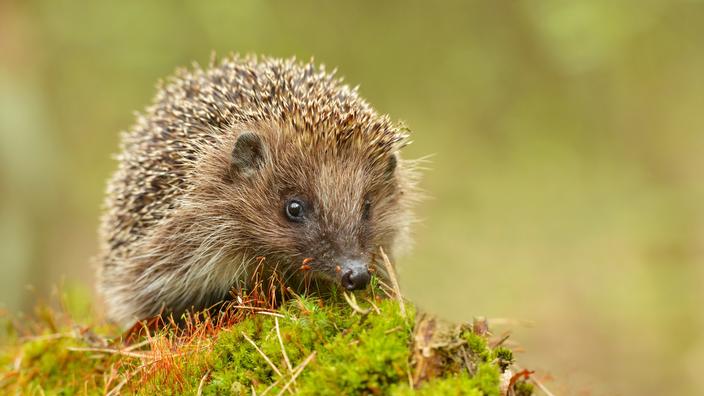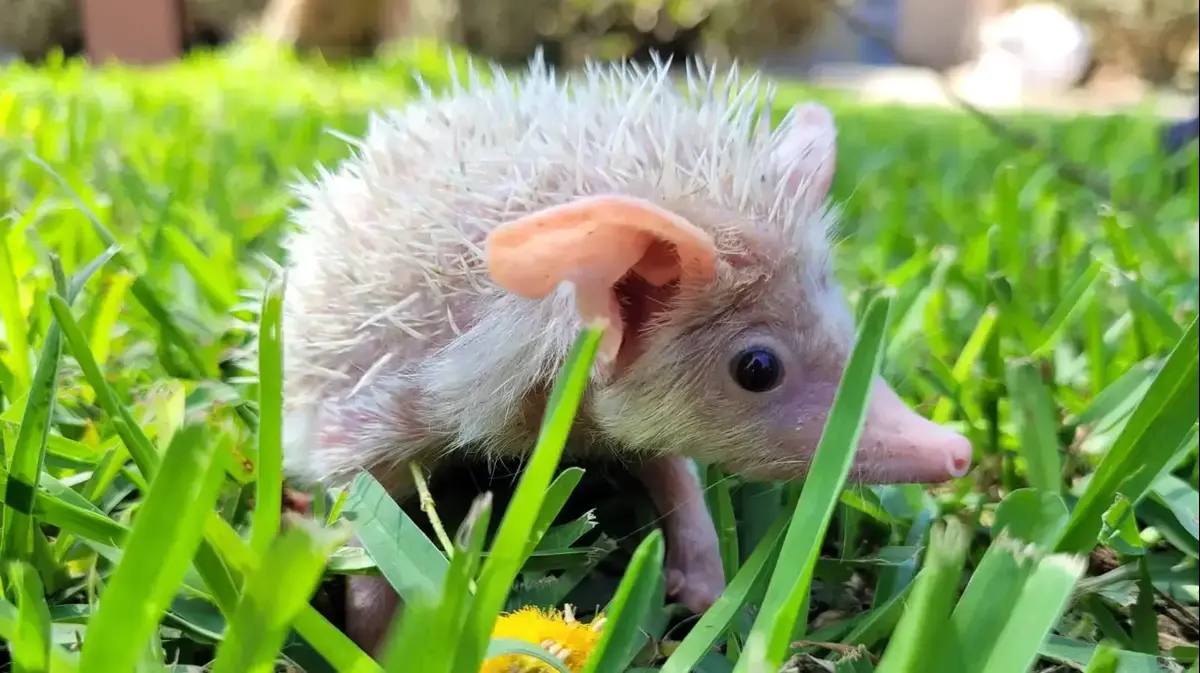If its peaks have made it one of the emblems of our gardens, few really know the
hedgehog
.
Yet it is one of
the most valuable
wild garden animals
for gardeners.
To discover
True or false: fight misconceptions about the garden
How to teach your dog to recall?
Hedgehog: physical characteristics
The
European hedgehog
is a
small mammal that
can measure up to 32 centimeters in length (from nose to tail) and weigh between 450g and 700g.
The largest specimens can sometimes reach more than 2 kg!
Its quills cover the animal's back and flanks.
The belly, chest and throat of the hedgehog are covered with long, stiff hair of a light color.
Its small neck allows it to roll into a ball.
The hedgehog's quills cover the back and sides of the animal.
Adobe_Stock
Read alsoIn Mayenne, two pedestrian crossings for hedgehogs at 1 million euros
Where does the hedgehog come from?
European hedgehogs (Latin name
Erinaceus europaeus
) are part of the family Erinaceidae, which includes 15 to 16 species of hedgehogs in 5 genera.
The ancestors of our contemporary hedgehogs would have appeared around 60 million years ago, at the end of the Cretaceous.
They would have been present for 45 million years in Eurasia and for 30 million years in Africa.
The hedgehog would have appeared in a form close to that which we have known for about 15 million years.
His physique (his peaks in particular) just like his characteristics would have changed little since those remote times.
However, they have developed specific characteristics to adapt to different climates.
Thus, desert hedgehogs have longer ears than European hedgehogs to perform a thermoregulatory role.
European hedgehogs hibernate to cope with the cold and humidity of winter.
Read alsoLondon connects its gardens and house by a hedgehog highway
What does a hedgehog eat?
It is the friend of all gardeners, because the hedgehog is an insectivorous animal (it eats insects).
Hunting its prey at night, it walks with its muzzle lowered and meticulously searches for dead leaves, grass or clods of earth in search of:
caterpillars
earthworms
beetles
various insect larvae
centipede
earwigs
earthworms
spiders…
The hedgehog has good hearing and an excellent sense of smell which will allow it to detect its prey.
However, even though it is a nocturnal animal, it does not have better vision at night than during the day.
The hedgehog is an insectivorous animal.
Adobe_stock
Opportunistic hunter, it does not run, but will eat anything that comes its way, including eggs, chicks, or even small mammals like small mice.
And if cat food is within reach, the hedgehog will not hesitate to come and help himself.
Read alsoHedgehogs best allies of gardeners and farmers
Where does the hedgehog live?
The hedgehog is a nocturnal animal that comes out of its burrow at dusk.
Its burrow is usually made of dried leaves.
It is in its burrow that the females will have their litters (at the beginning of summer) and that the hedgehog hibernates in winter.
It will stay awake as long as it finds food and begins its sleep phase between November and March.
Read alsoBirds, hedgehogs, bees: how to invite them into your garden?
Who is the hedgehog's predator?
The hedgehog has few natural predators.
And its spikes allow it to keep those who might harm it at bay.
The life expectancy of a hedgehog is 10 years.
Man and human activity as a whole represent the greatest threats to its survival.
The
hedgehog
has been a
fully protected species in France
since 1981.














